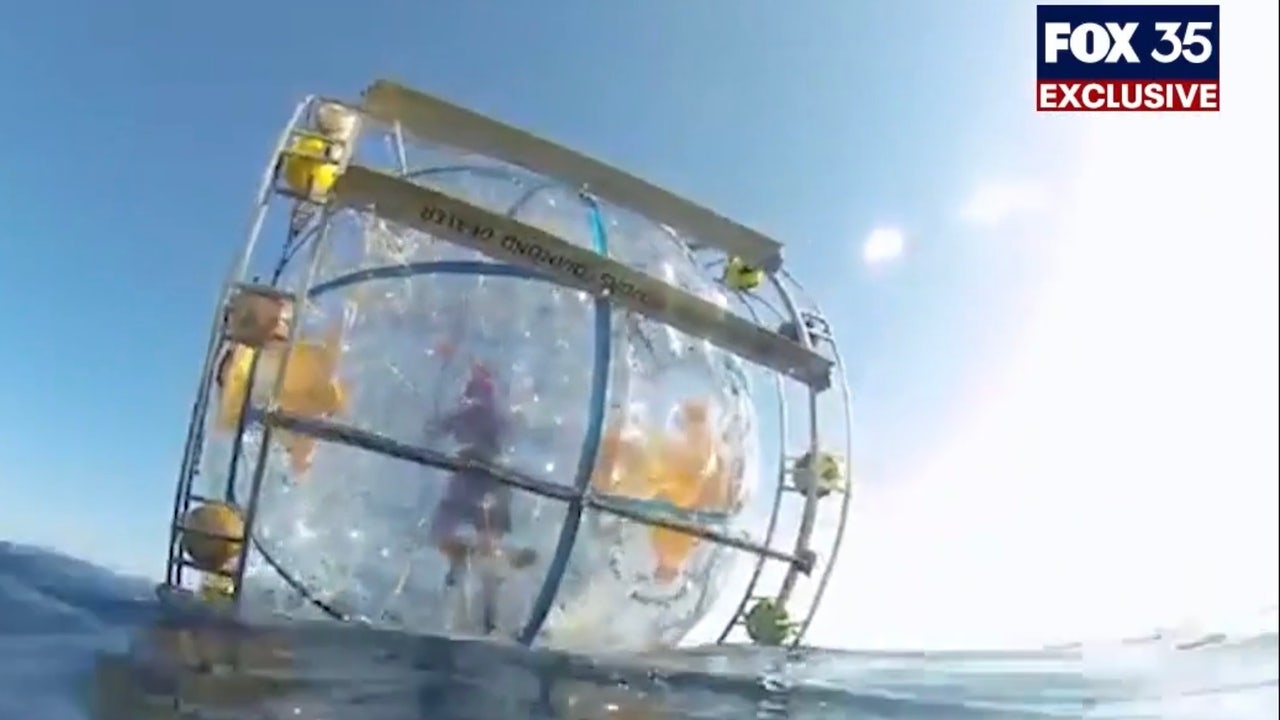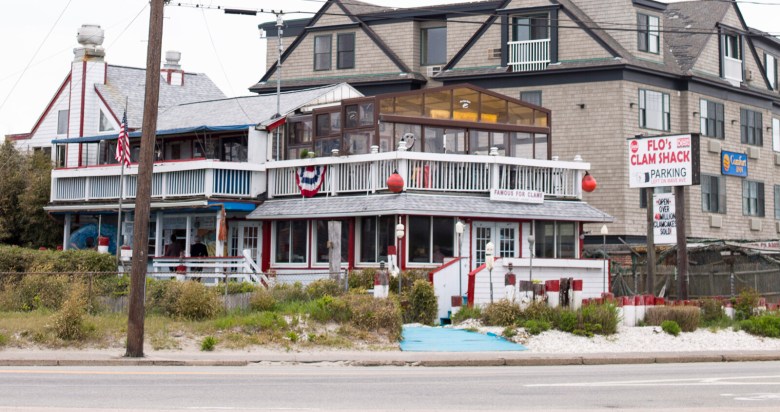Sad, but a definite sign of the times...
Acadia, other national parks exploring options after being ‘loved to death’
 pressherald.com/2021/07/28/acadia-other-national-parks-exploring-options-after-being-loved-to-death/
pressherald.com/2021/07/28/acadia-other-national-parks-exploring-options-after-being-loved-to-death/
By Kevin Miller July 28, 2021
Atop Cadillac Mountain, it wasn’t unusual to have 500 cars competing for the 150 spots available to visitors hoping to catch the sweeping views from Acadia National Park’s highest point.
Out west, Arches National Park in Utah regularly has to close its gates to additional visitors after reaching capacity. And at Zion National Park – another iconic Utah location that was the third-busiest national park last year – visitors faced a two-hour wait to catch a shuttle bus and a four-hour wait to even start hiking one popular trail over Memorial Day weekend.
“We can accidentally love our parks to death,” Sen. Angus King, I-Maine, said Wednesday while opening a Senate subcommittee hearing on overcrowding at some national parks. While it is great to see so many Americans visiting these protected places, King said, crowds are straining resources and “souring what should be a once-in-a-lifetime vacation.”
“Watching the sunrise from the top of Cadillac Mountain is a wonderful experience,” said King, the subcommittee chairman. “Staring at the taillights of the car in front of you as you are trying to get up the mountain and find a parking place? Not so much.”
Visitation to the country’s most popular national parks, including Acadia, has been rising steadily for several years. The COVID-19 pandemic has exacerbated the situation in many locations as cooped-up Americans – prohibited from traveling overseas and yearning for some outside time away from home – have flooded into parks for vacation.
Wednesday’s meeting of the National Parks Subcommittee of the Senate Energy and Natural Resources Committee was aimed at discussing different steps that are being taken across the country to address the situation.
Rocky Mountain National Park, for instance, now requires a “timed-entry reservation” or a reservation with a service provider in order to visit any part of the 415-square mile park.
At Acadia, park managers went with a more scaled-back approach starting this year by requiring timed-entry reservations to drive up Cadillac Mountain between sunrise and sunset. While the park has shelved plans for a timed-entry system at Sand Beach and the busy stretch of Park Loop Road, officials are still considering it to address severe congestion at Jordan Pond and Bass Harbor Head Light.

Park visitors crowd the summit of Cadillac Mountain, one of the most popular spots in Acadia National Park, this month.
Ben McCanna/Staff Photographer
PRAISE FOR TIMED ENTRY
Acadia Superintendent Kevin Schneider told subcommittee members via Zoom from Bar Harbor that he was “very pleased” with the first month and a half of the reservation system for Cadillac. In addition to the largely positive reviews on sites such as Tripadvisor, Schneider recalled talking to a man who had been on the summit twice in a week for sunrise – once before reservations were needed and then after.
“And he said this is so much better with the reservation system,” Schneider said. “Visitors understand that there are only 150 parking spaces on Cadillac Mountain and we want everybody to have a really high-quality experience. Not everybody can be up there at the same time with their cars.”
Between May 26, the first day, and July 13, Acadia sold 77 percent of the 83,900 vehicle reservations that were made available through the National Park Service’s online portal at recreation.gov for $6 each. All 7,100 of the sunrise reservations sold and 75 percent of 76,800 daytime reservations available to vehicles sold during that period, according to figures supplied to the Portland Press Herald on Wednesday.
“The rollout has been very successful on Cadillac Mountain and has improved the visitor experience by leaps and bounds,” Stephanie Clement, conservation director at the nonprofit Friends of Acadia, said in an interview.
Clement said the organization’s group of roving public educators/researchers, called “summit stewards,” who interact with the public, report that the situation is much improved atop Cadillac this year in terms of efficiency and safety. The congestion led to tense and, at times, unsafe conditions – particularly in the pre-dawn darkness – as cars jockeyed for a spot or parked in unauthorized areas along the roadways.
“I think that visitors are a whole lot happier not having to drive around in circles looking for parking spaces and getting frustrated, parking illegally on the grass,” Clement said.

Acadia National Park allows parking in the right lane in some the more popular spots along the Loop Road, like this spot near Sand Beach, shown this month. The park has plans, however, to reduce parking at some locations.
Ben McCanna/Staff Photographer
Acadia has logged nearly 1.2 million visitors this year through June – a 33 percent increase over the pre-pandemic figures for 2019. For all of 2019, Acadia had roughly 3.4 million visits, which was just shy of the record-setting 3.5 million visits the year before.
PARKS VISITATION INCREASING
Many of the park service’s most popular locations are seeing similar trends. Between 2013 and 2019, visitation was up 20 percent across the national parks system, and many parks – including Glacier and Yellowstone – have seen visitation double since 1980.
“These visitors are evidence of the success of the federal government protecting locations that are both valued by the public and deserving of national park designation,” Kristen Brengel, senior vice president for government affairs at the National Parks Conservation Association, said during the hearing. “However, the growth in visitation is also posing one of the greatest challenges NPS has ever faced.”
Although there are more than 400 “units” within the National Park Service system, just 23 parks and monuments account for roughly half of the more than 300 million visits logged annually (with the exception of 2020) in recent years. And about a dozen of those 23 face “significant congestion conditions,” said Michael Reynolds, director of the National Park Service region that includes most of the western parks.
Reynolds said the park service is exploring a host of options tailored to each location, in consultation and collaboration with local communities and partners. Timed-entry reservation systems have been implemented in Acadia, Yosemite, Glacier and Rocky Mountain national parks – some still on a pilot basis – while many other places are expanding shuttle services or partnering with outside groups on other transportation options.
The agency also has a mobile phone app and launched a “Plan Like a Park Ranger” campaign to encourage visitors to plan in advance, make reservations whenever possible and have backup plans in place (perhaps at another nearby park) if their first choice activity isn’t feasible.
Of course, changes don’t always go as smoothly as planned.
CHANGES IRK SOME PARK VISITORS
Kevin Gartland, executive director of the Whitefish (Montana) Chamber of Commerce, said the reservation system at Glacier National Park was rolled out too late and with insufficient marketing. While he credited the National Park Service for working with businesses and keeping them abreast of the coming changes, Gartland said many people make their arrangements to visit Glacier a year or two in advance.
As a result, Gartland said many business owners are spending their summer scrambling to help irate guests get into the park.
“They’ve traveled thousands of miles, they’ve made tens of thousands of dollars (in arrangements) on hotels, airfare and rental car reservations only to see their vacation ‘ruined’ because they couldn’t get that $2 ticket to see Glacier National Park,” Gartland said.
Yet, Gartland said the timed-entry reservation is reducing crowds at popular spots within the park. So while the timing and marketing of the system could have been better, Gartland said local businesses also wouldn’t want to go back to 2018 and 2019 when overcrowding forced the park to close the gates to additional visitors.
King and ranking member Sen. Steve Daines, R-Montana, encouraged Reynolds to work with technology partners to allow visitors to use mobile apps to track congestion in parks and learn about lesser-known alternative sites to visit in the area.
“You know, this is a good thing,” Daines said. “While there are challenges that we need to look at because of increased visitation, we also need to ensure we are not closing off our parks to the world and that we continue to build visitation, the jobs and the economic benefits that they provide.”
King said understaffing within the park service also is an issue and that he hopes his colleagues will consider the intense interest that Americans are exhibiting in visiting parks when considering proposals for new areas to preserve. In an interview afterward, King said he hoped the hearing will lead to more conversation about options for addressing overcrowding.
“There are lots of experiments going on around the country, including at Acadia … and it is important for us to know how those are working,” King said.














